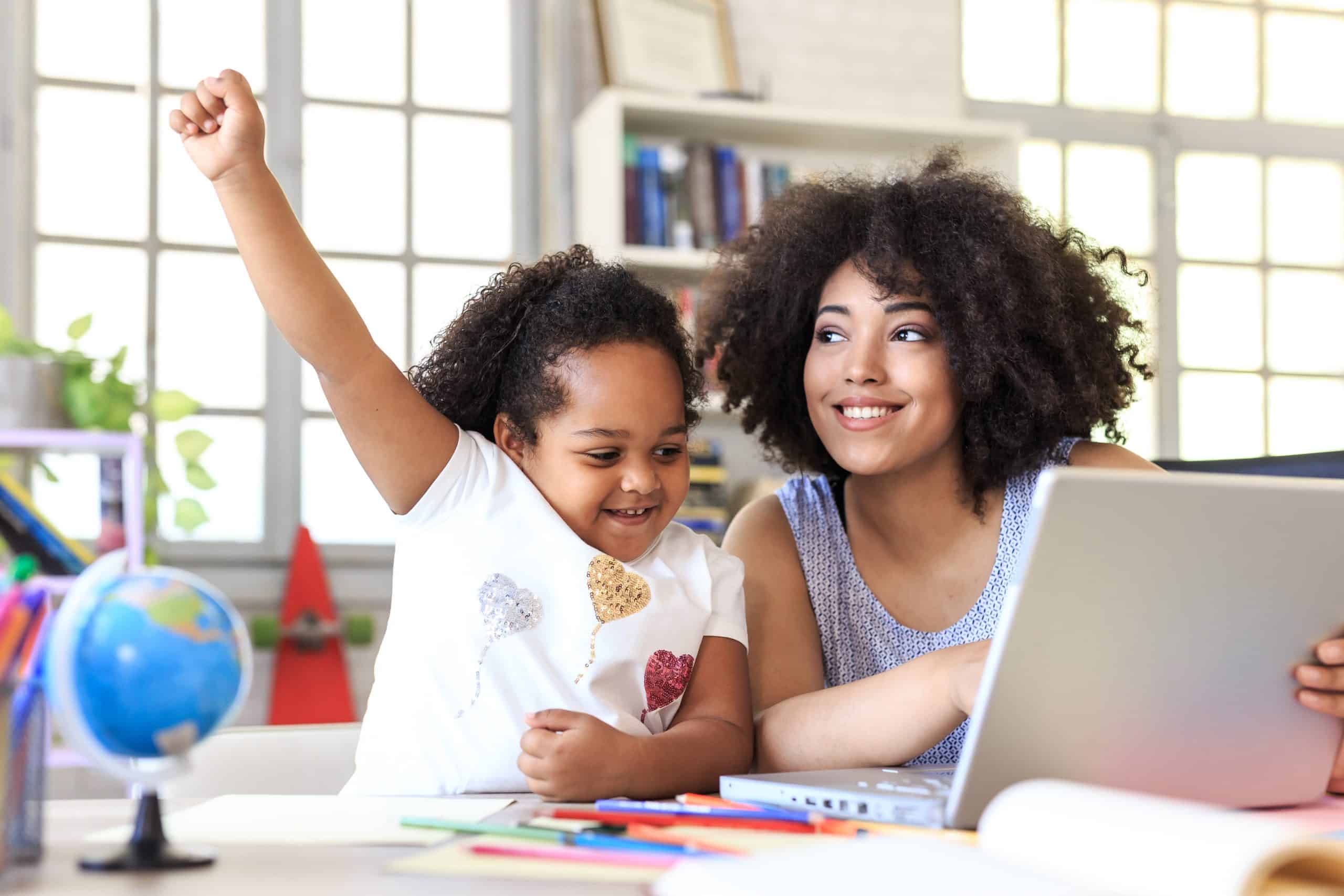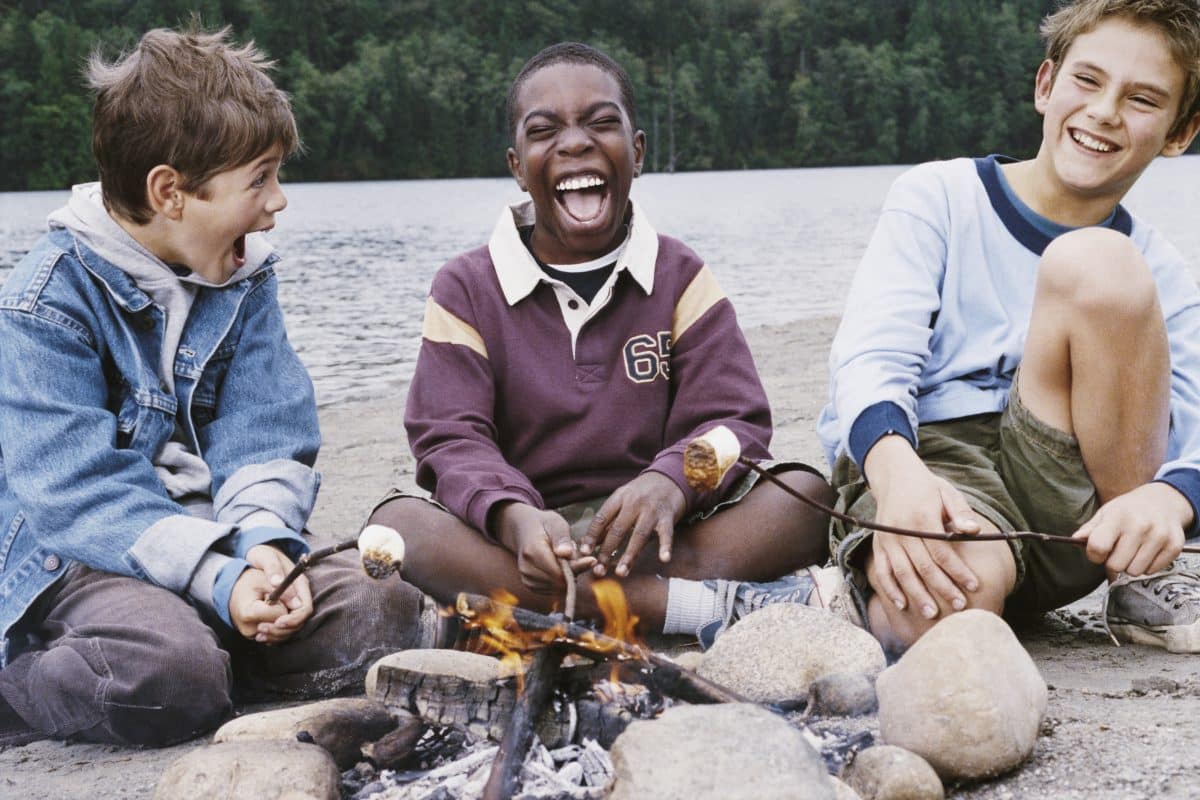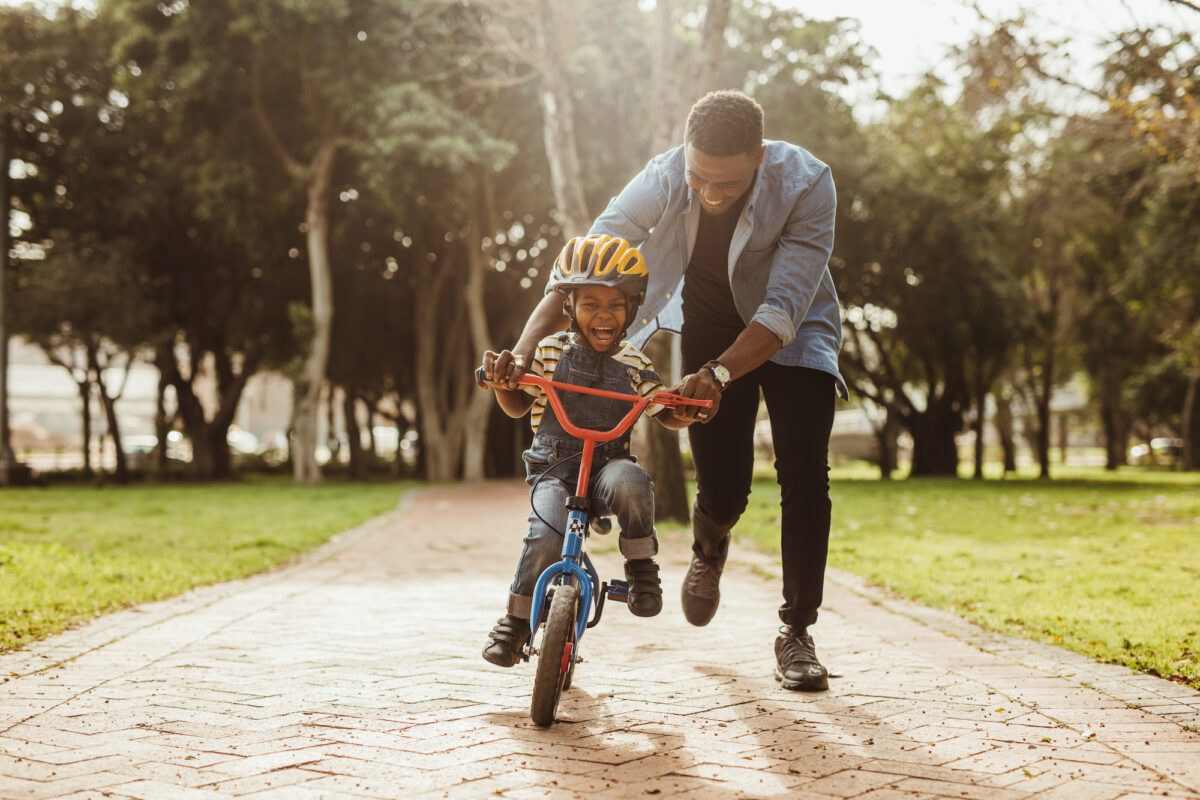Transitioning back to school after summer break is exciting, but it can also be pretty overwhelming. Approaching the transition as a great time to establish new routines and teach your child new skills is one way to provide structure and a sense of control over what can be a stressful time. To help guide you through this process, we’ve put together our top 7 tips for ensuring a smooth back-to-school transition.
1. Re-establish morning and bedtime routines
Families’ schedules often change when kids go back to school. In the weeks leading up to the first day of school, start to gradually re-establish your typical morning and bedtime routines for the school year. For example, have your child go to bed or wake up a half an hour earlier every few days, until they are waking up and going to bed at their typical times for the school year.
2. Priming
Priming is the process of helping an individual to prepare for a change or an event by providing information before the event occurs. When priming your child for the transition back to school, consider which significant changes may be challenging for your child, and have them problem-solve with you. For example, if your child will be going to a new school, you may want to plan a few trips to the school over summer to get familiar with the campus. You could also review the school’s website with your child, looking at pictures of their new teacher, the principal, support staff, and office staff.
3. Involve your child in gathering school supplies
If your child is apprehensive about returning to school, focusing on gathering school supplies can build anticipation and a positive association with going back to school. If your child needs a new lunch box, water bottle, or clothes, involve them in choosing their items, so they are excited to use them. Even if you’re not buying new supplies, you can still build this kind of anticipation by having your child clean, decorate, or spruce up their existing supplies. For example, adding some fun stickers to their water bottle, sharpening their favorite glittery pencils, or picking out some supplies to give their teacher on the first day can be fun, creative ways to get them excited about school.
4. Plan ahead for lunch and snack options
Similar to gathering school supplies, getting some “treats” for school can help get kids excited to go back. When shopping, let them pick out a few special things that you can reserve just for their school snack or lunch. If you are planning on having your child eat the food provided by the school or doing a hybrid of home and school meals, review the cafeteria calendar, and have your child circle the meals they are excited about.
5. Set after school expectations
Work with your child to create and set expectations for their afternoon routines. If your child has a busy afternoon schedule, it can be helpful to set up a visual calendar outlining the details. Draw or write out whether they will be going home or to an after school program, attending extracurricular activities or sports practice. Include info about how they will be getting there and what’s expected of them before they can access play activities.
6. Create Visual Schedules
Visual schedules can be helpful for teaching your child new routines or working on building independence with things they can already do on their own. Create motivation by involving your child in creating these schedules by having them tell you steps, pick images, or color the schedule. For example, your child may benefit from a schedule showing all the steps for getting ready in the morning or a schedule showing just the steps of getting dressed.
7. Use checklists
Once your child is used to their routines and schedules and has developed some independent skills, you can have them start to do some self-monitoring through the use of checklists. Modify existing visual schedules or create new checklists for specific ways in which you would like your child to be more independent. For example, a checklist for all of the things they need to remember to put in their backpack every morning, or a checklist for completing homework when they get home can help them complete those tasks independently.
Download our free printable back to school resources.
If you are looking for information on how ABA strategies are used visit our Youtube channel.
You can also find more articles on a variety of ABA strategies here.




